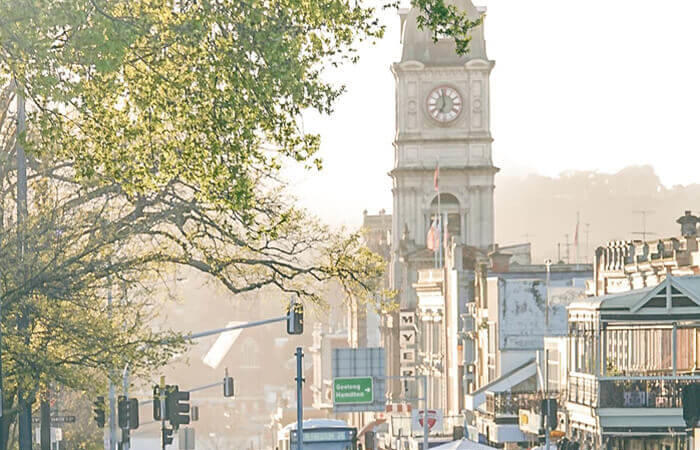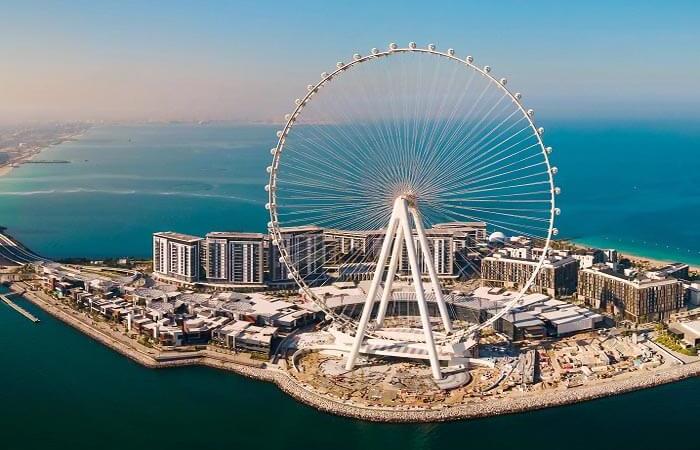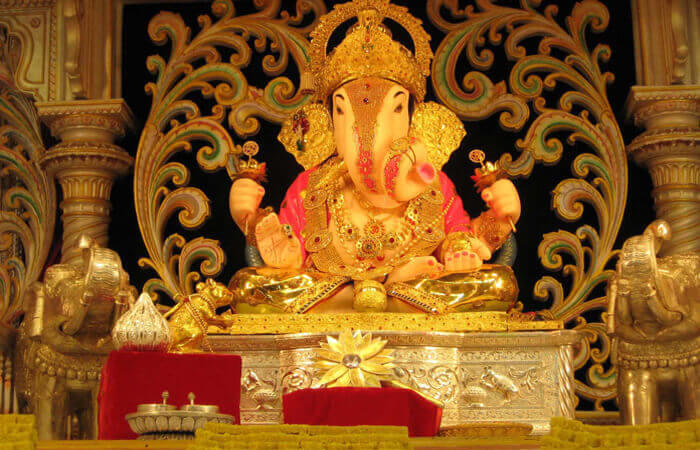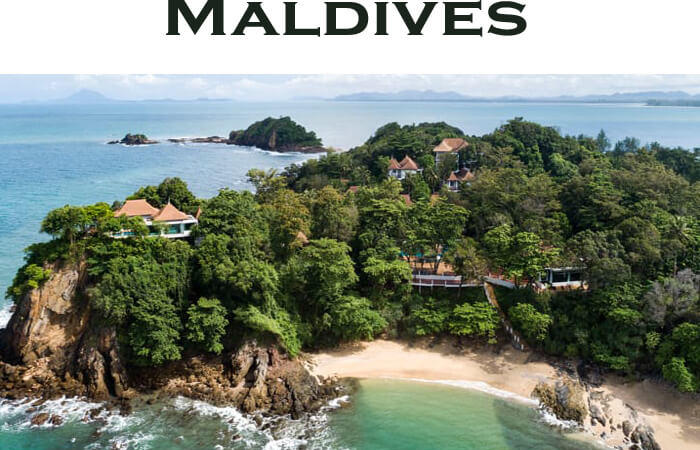Nagarhole Wildlife Sanctuary
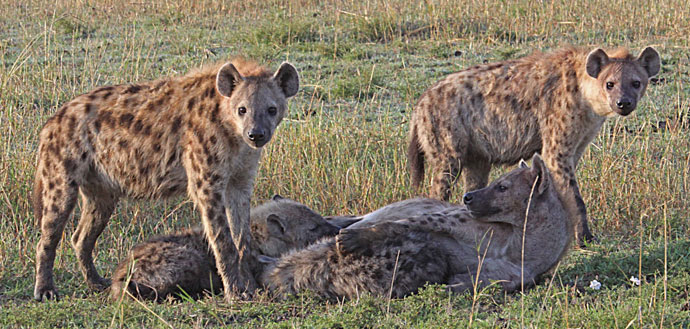
Location: Karnataka
Major Attractions: Elephant, Bison
Best time to Visit: September to May
About Nagarhole Wildlife Sanctuary
Of the numerous wonders that the southern part of India has on offer, Nagarhole Wildlife Sanctuary in the state of Karnataka is probably one of the best that will let you experience the wonders of nature in its most refined state. The area served as a private hunting place for the rulers of Mysore until it was declared protective during the mid-1950s and since then it has harbored a flourishing population of a number of animal species, the prominent ones being the giant Asian elephant and the bison. Every morning at Nagarhole is greeted with the soothing chirps of the parks avian residents and the growls of animals that assemble to quench their thirst on the banks of river Kabini, which also acts as the park’s southern boundary, separating it from the neighboring Bandipur National Park.
While the sanctuary remains open throughout the year, it is best visited during the winter months when the climate remains suitable for a visit. However, a visit during the summer months promises its own rewards when the animals come out from their hides in search of food and water. The monsoon season from June till early September should best be avoided for a visit as heavy rains during the time often flood the area making it impassable.
Wildlife Attractions in Nagarhole Wildlife Sanctuary
The terrain of the park is a perfect mix of lush forests, thick grasslands, and a number of streams, lakes, and other water bodies which also make it one of the most attractive wildlife habitats in the country. On the banks of river Kabini, which flows on the fringes of the southern boundaries of Nagarhole, one can see a variety of animals frolicking and basking in the sun. While the elephant is the major attraction at Nagarhole Wildlife Sanctuary, other residents of the park include the sloth bear, spotted deer, wild dog, panther, tiger, sambhar, bonnet macaque and a variety of other reptiles.
Over 250 rare and colorful avians also find a place on the list of registered residents of Nagarhole Wildlife Sanctuary, the prominent ones being the babbler, bulbul, crested serpent, alexandrine, woodpecker, great Indian reed, crested hawk and the golden back parakeet. MMinibussafaris offered by the forest department is the best way to spot these wildlife attractions. Private jeeps are also allowed inside the boundaries, however, each needs to be accompanied by a forest department guide. Elephant joy rides are another major tourist attraction.
Stay At
While on a trip to the wilderness in India, it is best advised to stay in a hotel or resort with the very basic amenities on offer, so as to relish a complete dose of nature and an experience of being close to mother nature. Nagarhole wildlife sanctuary offers some of the best accommodation options that provide luxury amenities while giving you a feel of being in the lap of mother nature. Amongst the best-staying options at Nagarhole wildlife sanctuary are the Kabini River Lodge, the heritage hotel offering 7 twin bedded rooms, and the Jungle Inn, a luxury hotel offering 4 swiss tents, 5 double-bedded rooms, and three dormitories.
Getting There
By Air: Bangalore is the nearest and most convenient airport, situated at a distance of just 235 Km from Nagarhole National Park. The city is connected to major Indian cities through a number of daily flights.
By Rail: Mysore, at a distance of 95 Km is the nearest railhead. Mysore is connected to Delhi and other major Indian cities through daily trains. From Mysore, tourists can hire a taxi or board a bus to reach Nagarhole.
By Road: State transport buses connect Nagarhole with all the major neighboring cities including Mysore and Bangalore. The charges from Mysore are approx. Rs. 50 per head. Another option is to hire a taxi from any of the nearby cities.
Important Information for Visitors
-
The Park entry fee is Rs. 50 for Indians and Rs. 150 for foreigners.
-
The forest department office located at Hunsur is where you can get information on all the tourist facilities including safaris.
-
The park remains open from 6 AM to 8 AM and 3 PM to 5:30 PM every day.
-
The roads leading to the park are closed down every evening after 6.
-
Trekking in the region requires prior permission from the authorities.


